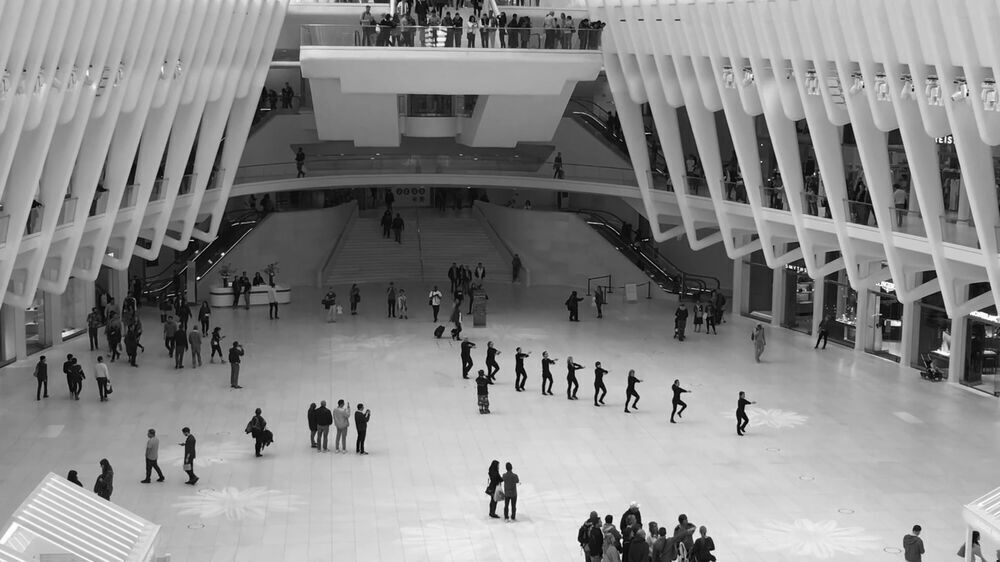
HOW TO MAKE A DANCE IN LATE-STAGE CAPITALISM
first performed on January 25, 2020
FiveMyles Gallery
performed once in 2020
VICKY VIRGIN
Toby Billowitz, Julian Boilen, Lise Brenner, Rob Brink, Daniel Brosh, Barbara Chan, Mauri Connors, Ursula Cooper, Kristin Eliasberg, Tragor Galinksy, Fuensanta Gutierrez, Kate Gyllenhaal, Mutsuyo Isaacs, Simone Johnson, Jane Kotapish, Maja Lorkovic, Yumiko Niimi, Miles Parker, Claire Posada, Jeff Rieger, Wynne Sax-Cedar, Nancy Schwartz, Benjamin Smith, Paty Lorena Solórzano, Laura Staton, Agnes Szanyi, Mindy Toro, Eva Vargas, Mauricio Vargas
New York, NY
399935006v399935006m399935006v399935006i399935006r399935006g399935006i399935006n399935006@399935006g399935006m399935006a399935006i399935006l399935006.399935006c399935006o399935006m
vickyvirgindances.com
HOW TO MAKE A DANCE IN LATE-STAGE CAPITALISM
VICKY VIRGIN
“How to Make a Dance in Late-Stage Capitalism” is a lecture demonstration on how a community of people came together to create a dance video about student loan debt. The lecture was structured as a powerpoint that used statistics documenting trends and disparities in the ongoing student loan crisis and exhibited related ephemera collected during the project.
Throughout the evening, live dancers performed the choreography that was created for the video. Time and space were offered to audience members to experience the dance on their own. The finale was the screening of the dance video followed by Q and A. The evening closed with food, drink, and conversation prompted by the question—how would you choreograph a dance in a post-capitalist society?
The video, “Fine Print: A Series of Lecture Demonstrations on Student Debt,” probes the absurdity of student loan agreements through choreography, carefully-chosen locations, and the almost indecipherable linguistics of loan contracts themselves. The work explores the arbitrary calculus used to measure a student’s innate worthiness of assistance, the concept of hardship, and the effects of financial stress. The result is a sly primer on systemic toxicity.
The movement thread throughout “Fine Print” is a simple arm dance: an accumulation of shapes that reference the grid of a bar chart. The relentless rhythm of a metronome and the precision of these arm movements conjure a military drill, or the numbing drills of a learning tradition in which a teacher stands in front of a collection of students and dictates what they should learn and the manner in which they should learn it.
The videos were filmed on location in a gym in New York City, a public high school art room, and on the streets of the financial district. The location of each lecture demonstration and the manner in which each space was acquired for the project was chosen to reflect the tension between pedagogy and capitalism.
This project sought to build community by bringing together dancers young and old, all committed to various forms of social justice. In exchange for the dancer’s labor, bartering agreements were made for goods such as home-cooked meals, babysitting, social outings, and excel spreadsheet skills. The dance video was created for the artist collective, BFAMFAPhD, which asks the question: What is a work of art in the age of $120,00 art degrees?